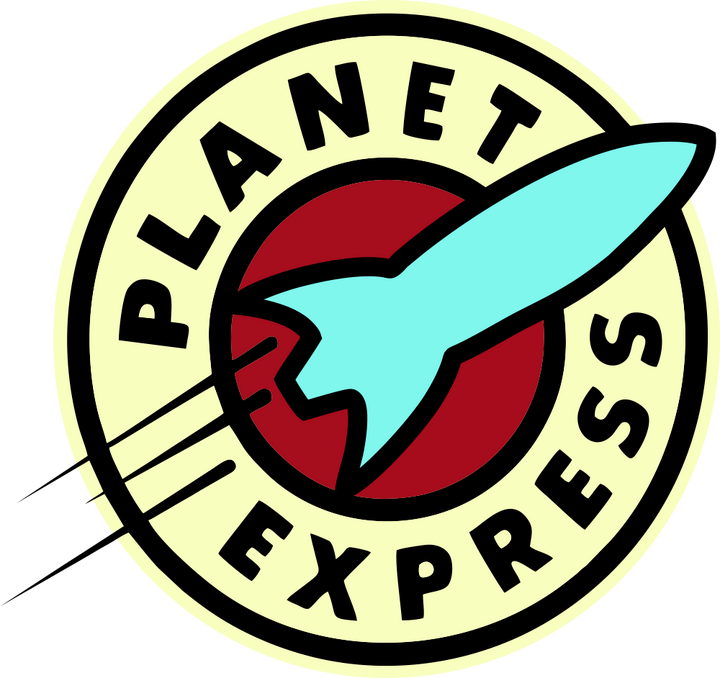

Drag the main BDMV folder that has stream and playlist subfolders into handbrake. It will read the playlist files and show you possible combinations that you can choose to encode from. It will also grab chapter and subtitles.
At least it should. Though makemkv as others note can do this itself.


Not really. This requires a sophisticated attacker. I’d suggest updating soon but I doubt most people are at risk. As always verify downloads before running them and check where you should be getting updates and if you’re sent to a sketchy file host try to find updates from the official website instead.
The biggest risk is MTM interception and replacement of the python executable if you try and use the search tool for the first time. I suppose avoid doing that until you update the client from their website.